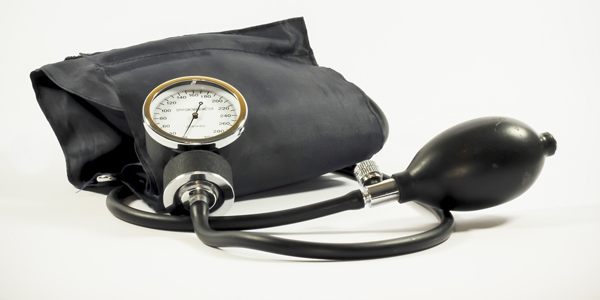Quem mede a pressão arterial em ortostatismo aos seus doentes diabéticos?
publicado em Notícias
02/08/2016
Um estudo recente diz que a hipertensão ortostática diastólica é comum em pacientes com diabetes tipo 2 e pode ser um novo marcador de menor risco cardiovascular nestes doentes. Disponibilizamos aqui o abstract deste artigo, recentemente publicado na revista Cardiovascular Diabetology.
Diastolic orthostatic hypertension and cardiovascular prognosis in type 2 diabetes: a prospective cohort study.
BACKGROUND: In patients with type 2 diabetes, the prognostic impact of an orthostatic rise in blood pressure is not known. Therefore, the aim of this study was to determine the prognostic implications of the diastolic orthostatic blood pressure response in a cohort of patients with type 2 diabetes. We also evaluated associations between different orthostatic blood pressure responses and markers of subclinical cardiovascular organ damage.
METHODS: Office blood pressures were measured in the sitting and in the standing position in 749 patients with type 2 diabetes who participated in the CARDIPP study (Cardiovascular Risk factors in Patients with Diabetes-a Prospective study in Primary care). Diastolic orthostatic hypertension was defined as a rise of diastolic blood pressure ≥10 mmHg and diastolic orthostatic hypotension was defined as a drop of diastolic blood pressure ≥10 mmHg. Recruitment took place between the years 2005-2008, and patients were followed until any of the primary outcome events (cardiovascular death or hospitalization for either myocardial infarction or stroke) occurred or until December 31st, 2014. Measurements of aortic pulse wave velocity and of carotid intima-media thickness were performed at base-line.
RESULTS: Diastolic orthostatic hypertension was found in 140 patients (18.7 %) and was associated with significantly lower risk of cardiovascular events (crude hazard ratio compared with patients with normal systolic and diastolic orthostatic blood pressure response: 0.450, 95 % C.I. 0.206-0.987, P = 0.046). Diastolic orthostatic hypotension was found in 31 patients (4.1 %) and was associated with higher values for aortic pulse wave velocity and carotid intima-media thickness, compared with patients with normal systolic and diastolic orthostatic blood pressure response.
CONCLUSIONS: Diastolic orthostatic hypertension is common in patients with type 2 diabetes, and may be a novel marker for decreased cardiovascular risk in these patients.
Wijkman M., Länne T., Östgren C.J., Nystrom F.H.
Publicado em: Cardiovasc Diabetol. 2016 Jun 2;15(1):83. doi: 10.1186/s12933-016-0399-0.
Artigo em texto integral.
